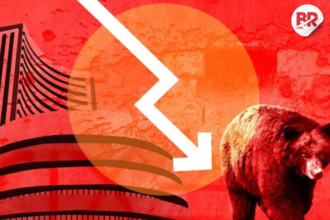
China’s latest move to restrict rare earth exports is shaking up India’s electronics industry. From smartphones to TVs to earbuds, the pressure is real—and it’s already hitting thousands of jobs.
In April, China introduced tough export rules on rare earth elements like terbium and dysprosium. These are key to making neodymium-iron-boron (NdFeB) magnets, the tiny but powerful parts used in speakers, haptics, microphones, and even phone cameras. Without them, most modern electronics wouldn’t work—or wouldn’t work well.

India’s Electronics Industries Association (ELCINA) has raised the alarm. It says over 5,000–6,000 direct jobs and nearly 15,000 indirect jobs could vanish if the rare earth supply keeps getting squeezed. Most of these are in Noida and southern India, where audio and speaker component manufacturing is concentrated.
Right now, India’s hearables and wearables sector is already taking the hit. Many companies have stopped making speaker modules locally. They’re now importing fully assembled ones from China, undoing years of “Make in India” progress.
TV makers are trying to stay ahead by stocking up, but even they’re feeling the heat. Some are switching to ferrite magnets—cheaper, easier to get, but not nearly as good. This means TV sound quality could drop, and slimmer designs may become harder to achieve.
Also Read HPCL, BPCL, IOC Tumble as Crude Oil Prices Surge on Middle East Escalation; ONGC Gains
Smartphones, though using fewer magnets per unit, are at risk too. With India making millions of phones each month, even a small hiccup could ripple across the industry. Expect delays, higher costs, and possibly fewer advanced features if the crunch continues.
Industry experts are calling for action. Tarun Pathak from Counterpoint Research warns that India needs to build local capacity, diversify sourcing, and ramp up recycling. Right now, most rare earth processing happens outside India. That needs to change.
There is some hope. The Indian government is planning a ₹3,500–5,000 crore scheme to boost domestic production of rare earth minerals and magnets. According to The Economic Times, reserves in Andhra Pradesh and Odisha may be tapped to strengthen self-reliance. But these solutions will take time.
In the short term, companies are looking at countries like Australia, Africa, and Myanmar for alternate supply. But even then, refining capabilities are limited. Until we catch up, China holds the upper hand.
As Arjun Bajaj of Videotex puts it, “This disruption is a wake-up call. We must localise and diversify our component sourcing.” If we don’t, India’s electronics future could stay in China’s hands.
Also Read Bajel Projects Hits 5% Upper Circuit After ₹400+ Cr PowerGrid EPC Contract Win












